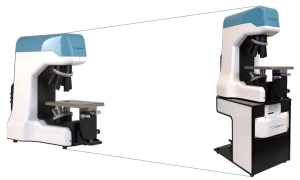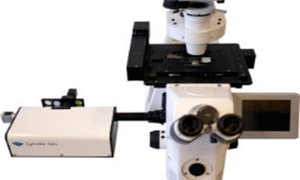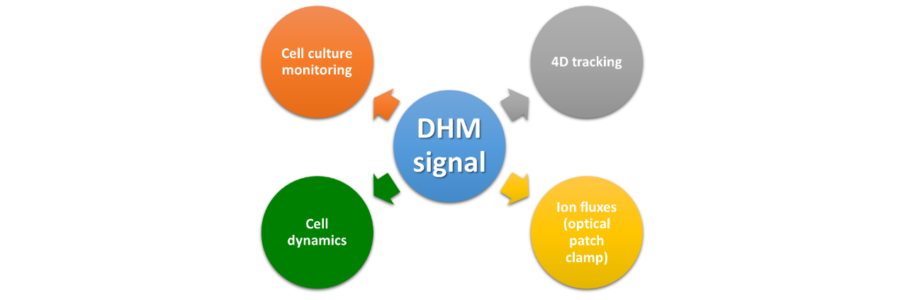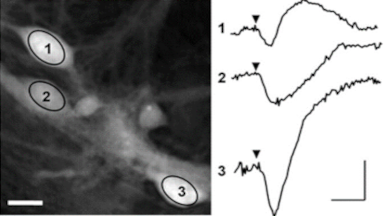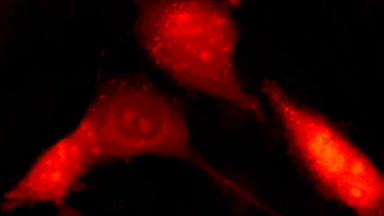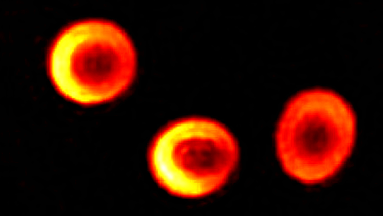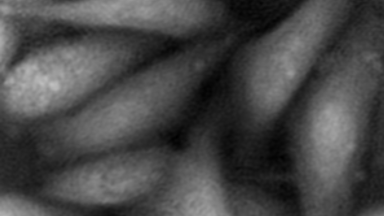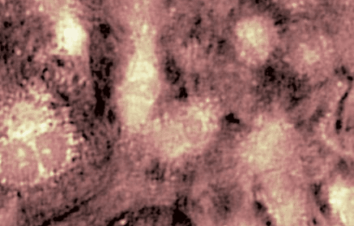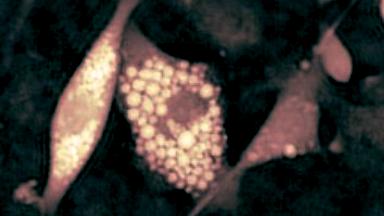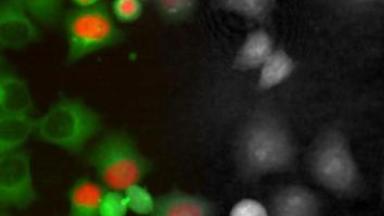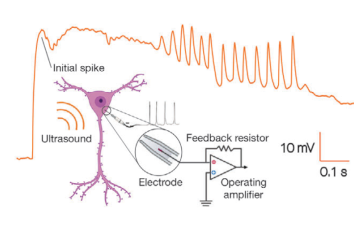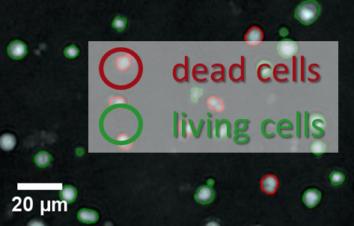Optical Patch Clamp
Optical Patch Clamp by DHM® is a very simple and efficient label-free and non-invasive solution for optical recording of ionic currents. It provides analysis of specific and global cell conductance. This solution is ideal for many experimental protocols and type of cells. Well defined experimental protocols are available with this solution enabling high specificity, as demonstrated by scientific publications [Jourdain 2011, Jourdain 2012, Jourdain 2013].
Strictly label-free and non-invasive
- No need to patch cells
- No use of labeling agent
- No phototoxicity
Simultaneous recording at each pixel of the field of view
- Multi-site and parallel measurements
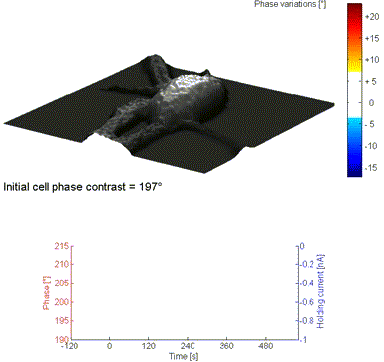
Access to ionic flux information is tremendously facilitated. There is no need to impale cells with sharp micro-electrodes, to add complex and expensive electrophysiological set-up on top of your microscope, and to have extensive electrophysiologist experience. Our solution opens in particular two additional important research topics.
All the cells contained in the field of view can be characterized simultaneously. It opens new research possibilities for multi-sites and parallel measurements, whereas traditional electrophysiology set-ups enable to measure at only few locations.
Automated conductance measurements on multi-well plates can be performed using an optional motorized stage.
Optical Patch Clamp solution combines a transmission DHM, and a software for acquisition and analysis. It can be completed with an optional motorized XYZ stage and with a fluorescence module enabling you to compare DHM® measurements with fluorescence data. Output data are compatible with ImageJ software for more extensive detailed analysis and data correlation.
The Optical Patch Clamp solution enables to investigate new research paths for innovative and seminal research. This demonstrated technology enables to publish faster and at lower cost in high impact factor scientific journals.
Perform innovative research
- Carry out quantitative measurements of ionic fluxes
- Use a simple set-up for electrophysiology measurements
- Perform multi-site electrical measurements
- Determine unequivocal ionic fluxes direction
Decrease your research and running costs
- No need of sample preparation and contrast agent
- No need of clamping patch pipettes
- No need of dedicated electrophysiological set-up
- No need of expensive electrophysiologist training
The Optical Patch Clamp Solution by DHM® is a simple alternative method to electrophysiology for many applications without strong electrophysiologist background or dedicated electrophysiological set up. It has significant advantages for measuring ionic conductance compared to alternative systems:
DHM® vs. Electrophysiology
Electrophysiology is the most used and precise technique for analyzing and quantifying the effectiveness of a drug on ionic conductance. Electrophysiology is usually performed by specialists with extensive expertise and requires dedicated material. On the contrary DHM® does not require special training for patching cells and does not need any additional set-up.
DHM® information are available for each pixel of the field of view. By segmentation, it enables to measure global conductance at cellular level as well. Thus, parallel and multi-site conductance measurements are possible. This is not the case with electrophysiology since one probe per measurement is needed.
| Features | DHM® | Electrophysiology |
| Direct ion flux direction determination | ||
| Multi-site measurement | ||
| Precision | + | +++ |
| Low training | ||
| Compatibility with molecular screening | + | – |
| Low costs | + | – |
DHM® vs. Fluorescence Imaging
Fluorescence is widely used for many conductance measurements in conjunction with labeling. An additional drawback of this method for measuring ion conductance is that the accuracy of the measurement can be affected by the loading protocol and photobleaching. Moreover, labels may affect the cells. With DHM®, the absence of labeling and the very low light intensity used prevent the measurement from these problems.
Some conductance measurements as for chloride ions suffer from the poor efficiency of specific fluorescent probe. It makes these channels practically impossible to measure by fluorescence technique. Publications have demonstrated chloride conductance measurement by DHM®.
| Features | DHM® | Fluorescence |
| No cell preparation | ||
| Strictly non-invasive | ||
| No Photobleaching | ||
| Low running costs | ||
| Chloride conductance |
Conductance of several channels of different type of cells have been investigated by the Optical Patch Clamp solution, and results have been assessed using electrophysiology. In particular, the following biological models are presented in the application section of this website.
- HEK cells expressing α1, β2 and γ2s subunits of GABAA receptors (HEKGABA)
- Primary cultures of cortical neurons prepared from E17 OF1 mice embryos of either sex
- CHO cells stably expressing the human form of CFTR protein (CHOcftr).
